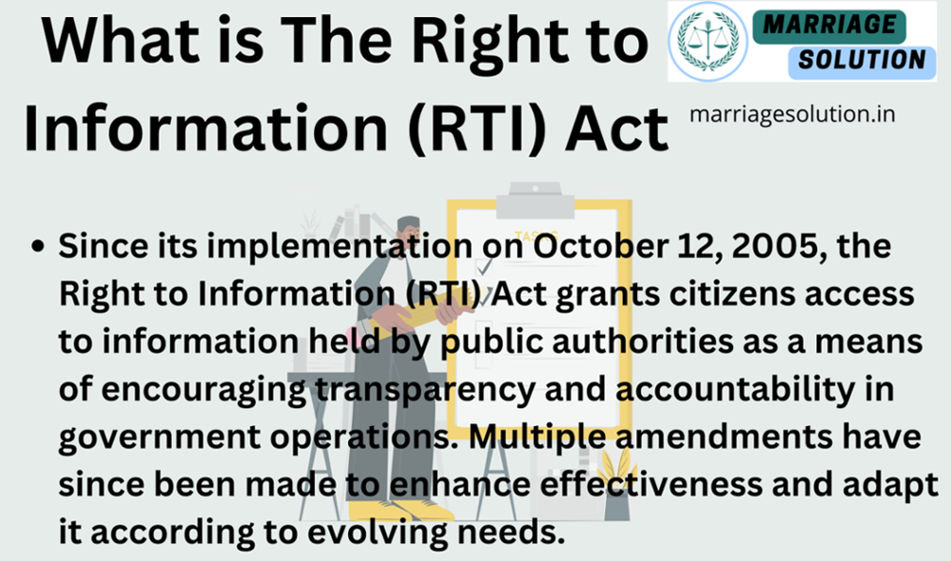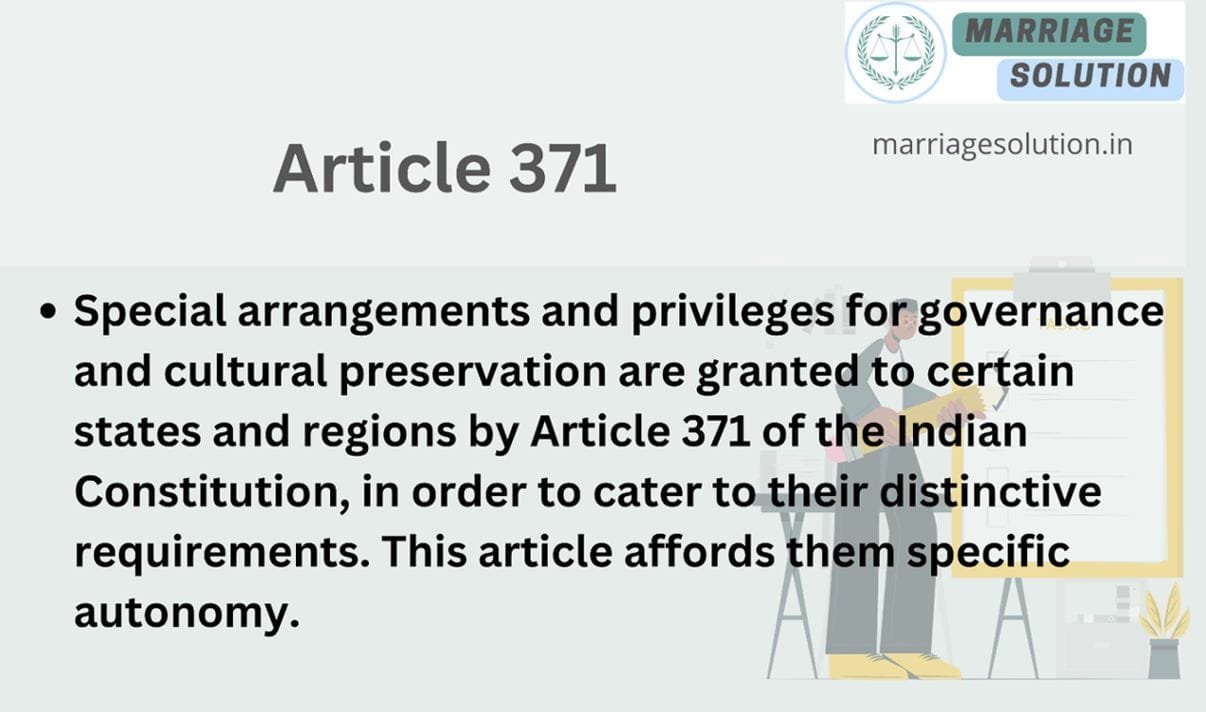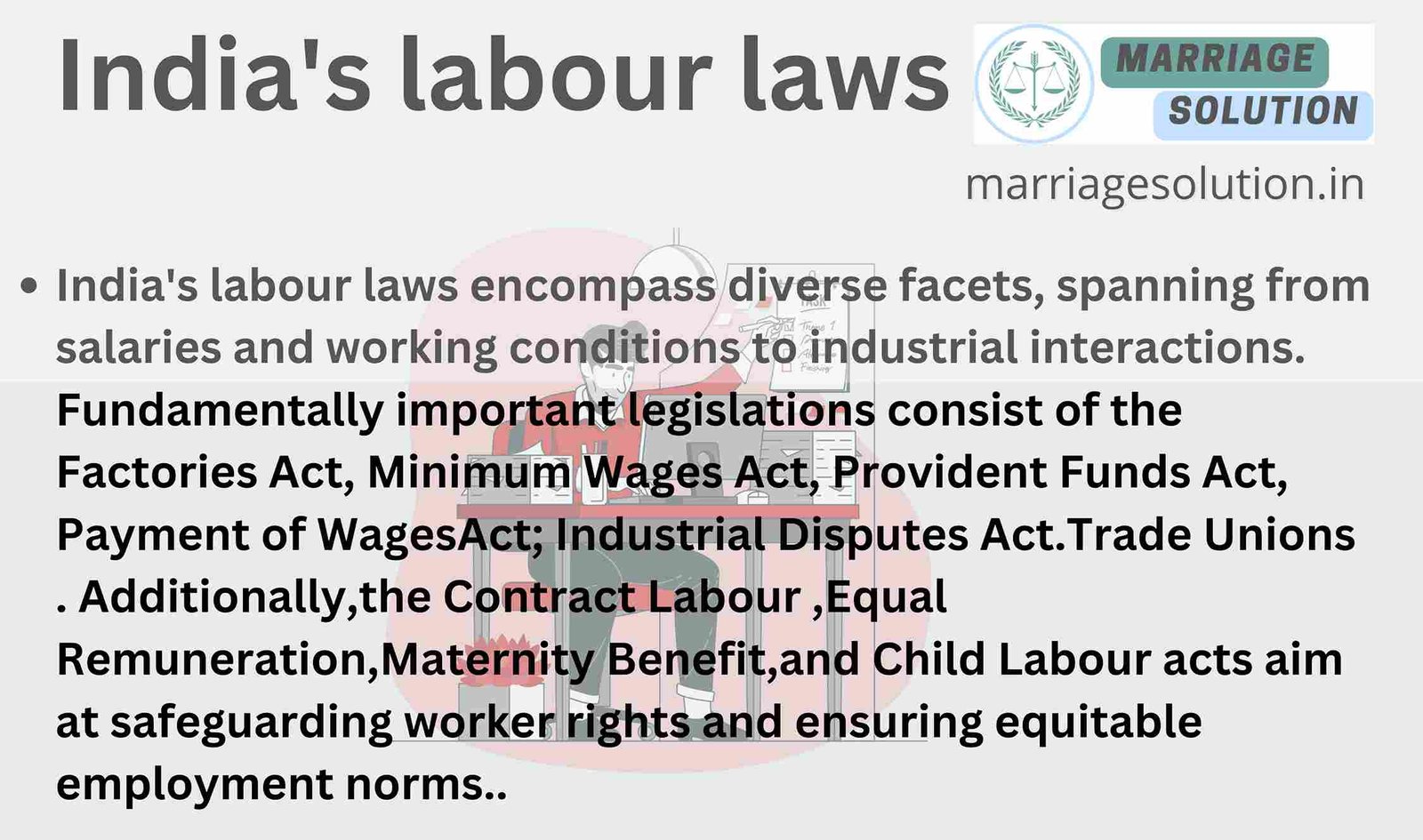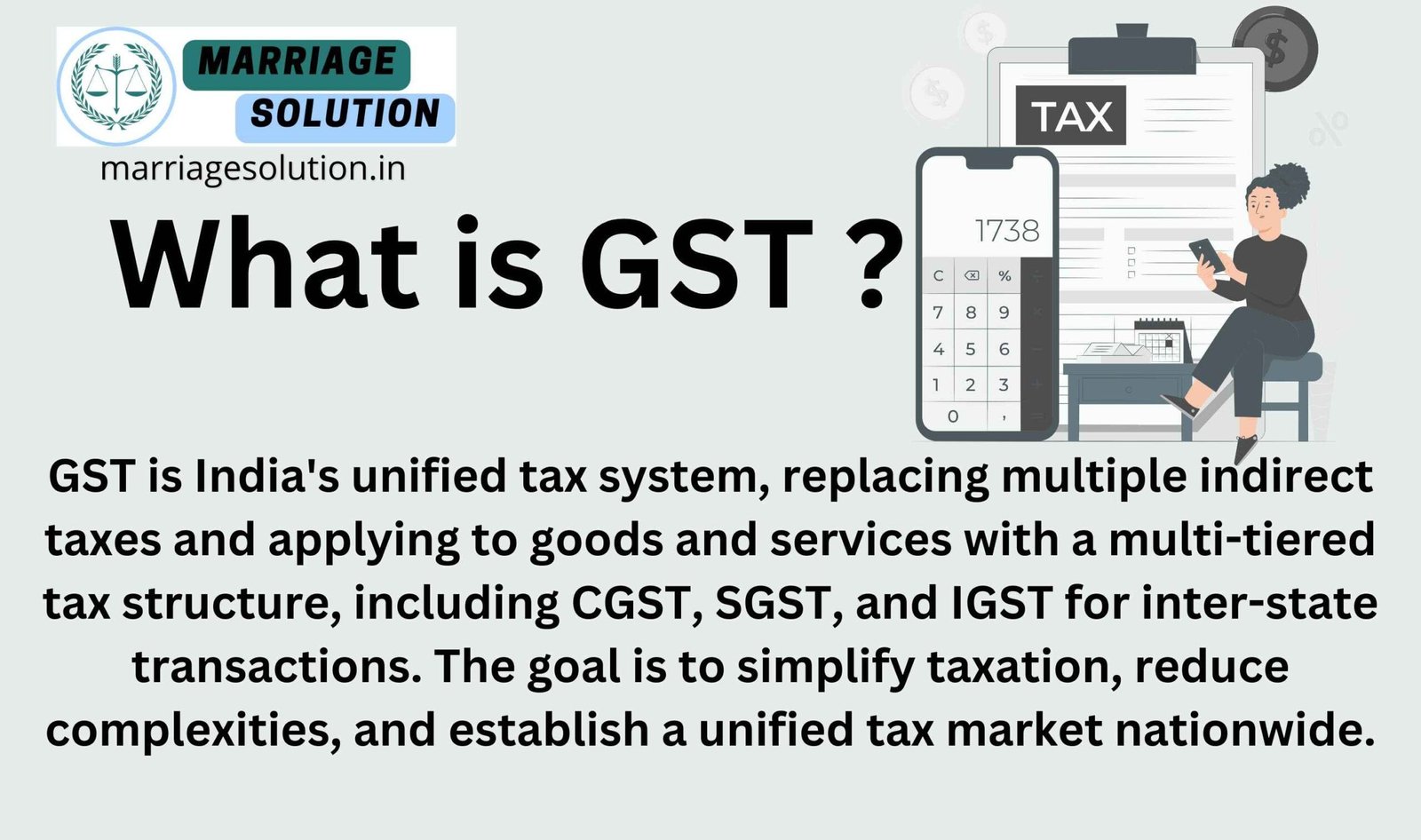Introduction of Section 1 of BNSS
Section 1 of BNSS , 2023 gives clear meanings of legal terms like “bail,” “complaint,” “investigation,” “cognizable offence,” “non-cognizable offence,” “victim,” and many more. These definitions help avoid any misunderstanding when applying the law. This section makes sure that the same word means the same thing to everyone — police, judges, lawyers, and citizens. It improves the legal process and helps in smooth handling of criminal cases.
What is BNSS Section 2 ?
BNS Section 2 contains the definitions of important words and terms used in the Bharatiya Nagarik Suraksha Sanhita, 2023. These words help police, courts, lawyers, and citizens clearly understand the law. Without definitions, there could be confusion about how the law is applied. Section 2 is the base for understanding all other sections of BNSS.
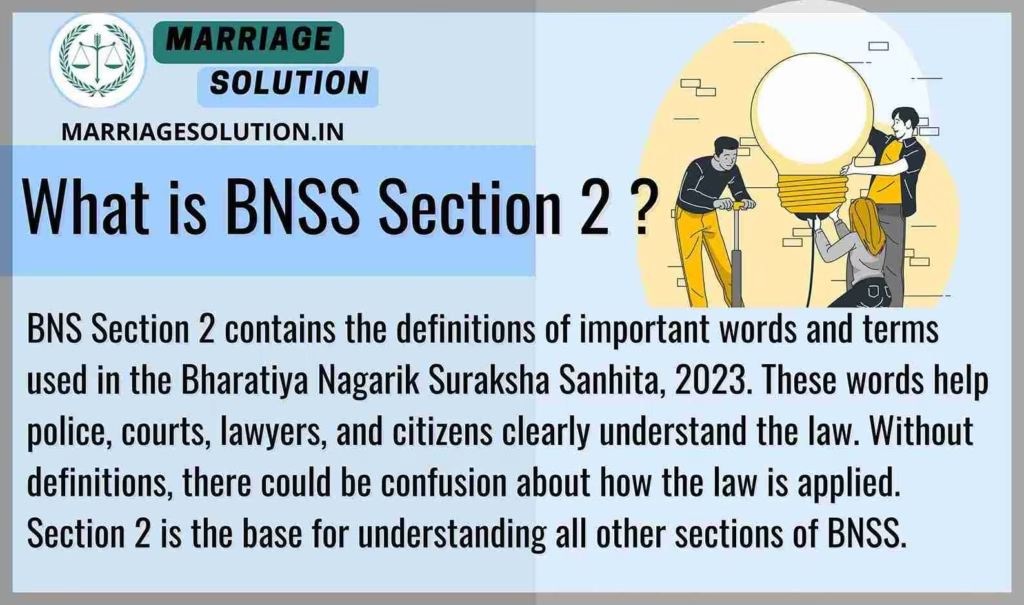
Section 2 BNSS in Simple Points
1️⃣ Meaning of Bail and Bail Bond
In simple words, bail means temporary release of a person from jail while the case is still going on. A bail bond is a legal promise made by the person or someone on their behalf, saying they will follow court rules and come back when called. There are two types – with surety (bail bond) and without surety (personal bond). Bail helps avoid unnecessary jail time. Bail conditions may be added to ensure safety and proper conduct. Courts or police can grant bail. It shows trust in the accused until proven guilty. Bail gives temporary freedom but under rules.
2️⃣ Cognizable and Non-Cognizable Offences
A cognizable offence is a serious crime where the police can arrest without permission from a Magistrate (like murder or rape). A non-cognizable offence is a less serious crime (like defamation or public nuisance), where police need court permission to arrest. This difference is important in criminal procedure. Cognizable cases usually involve immediate action by police. In non-cognizable cases, courts play a bigger role. This classification is found in the BNSS First Schedule. It helps decide how the police and courts should respond. It also affects the rights of the accused and victims.
3️⃣ What is a Complaint?
A complaint means a report given to a Magistrate, either orally or in writing, stating that a person has committed an offence. It does not include police reports. But, if a police officer submits a report about a non-cognizable offence, it is treated as a complaint. The person who gives this report becomes the complainant. This allows citizens to directly approach the court. Complaints are important in starting legal action. It ensures justice even when the police don’t take action. It also protects the rights of victims and helps the legal process begin.
4️⃣ Meaning of Investigation and Inquiry
Investigation means the work done by the police to collect evidence about a crime. It includes questioning people, searching places, and arresting suspects. On the other hand, an inquiry is done by a court or Magistrate before a trial to check if there is enough evidence to start the case. Both are different but equally important. Investigation is done before the case reaches court. Inquiry helps the judge decide whether a full trial is needed. These steps protect innocent people and ensure the real offender is punished. It helps build a fair legal system.5️⃣ Who is a Victim?
A victim is a person who suffers any kind of harm, injury, or loss because of the crime done by the accused person. The law also considers their legal heirs or guardians as victims. This means if a person dies or is badly injured, their family can represent them. Recognising the victim is important to provide justice, protection, and compensation. The victim plays a role in the case by giving statements and helping the court. The law tries to protect their rights. Support for victims is a part of a fair justice system.
Section 2 in BNSS Overview
BNS Section 2 is the “Definition Section” of the BNSS law. It explains what common legal words mean in criminal law. Each word used in the BNSS law is given a proper meaning here. For example, it explains what is meant by terms like “police officer,” “Magistrate,” “arrest,” “summons,” “inquiry,” and more. This helps in applying the law correctly and equally to everyone.
BNSS Section 2 – 10 Key Points Explained
🔹 1. Audio-Video Electronic Means
This term refers to using any electronic device to support criminal procedures through video or audio tools. Devices such as mobile phones, webcams, or video conferencing platforms can be used to record identification, search operations, seizure of property, and the collection of evidence. These recordings can later be used in court. This definition helps modernize the justice system by using digital tools. The State Government has the power to set rules for how these tools are used. It ensures smoother and more transparent legal proceedings. This is especially useful for remote hearings or digital evidence. It saves both time and resources for all parties.
🔹 2. Bail
Bail means the temporary release of a person who is accused or suspected of a crime. The person is released from custody after agreeing to follow conditions set by a police officer or court. These conditions often include attending court hearings or not contacting the victim. Bail helps ensure the rights of the accused while also maintaining the safety of the society. It is granted after the accused signs a bond or bail bond. If conditions are broken, the bail can be cancelled. Bail does not mean the person is proven innocent. It simply prevents unnecessary jail time before trial begins.
🔹 3. Bailable and Non-Bailable Offence
A bailable offence is a less serious crime where the accused has a right to be released on bail. The police officer or Magistrate must grant bail if the person applies. On the other hand, a non-bailable offence is more serious, such as murder or rape, where bail is not a right. In such cases, only a court can decide whether to give bail. The First Schedule in the BNSS lists which offences are bailable. This classification helps in proper legal handling of the accused. It also protects society from dangerous criminals by keeping them in custody when needed.
🔹 4. Complaint
A complaint is a formal allegation made to a Magistrate about the commission of a crime. It can be written or spoken and must be intended to start legal action. A complaint can be filed by anyone, not just the victim. It does not include police reports. However, if a police officer investigates a non-cognizable offence and submits a report, it is treated as a complaint. The officer is then considered the complainant. This provision ensures that legal action can start even if the report is from the police. It gives power to the Magistrate to begin court proceedings.
🔹 5. Cognizable and Non-Cognizable Offence
A cognizable offence is one where police can arrest the accused without needing a warrant. These are serious crimes like murder, kidnapping, or robbery. Police can start investigation immediately. In contrast, a non-cognizable offence is less serious, like public nuisance or defamation. In such cases, police must get permission from a Magistrate before arresting or investigating. This distinction ensures that law enforcement acts quickly in serious matters, while still respecting personal liberty in minor cases. It also guides courts in handling different types of offences based on urgency and severity.
🔹 6. Electronic Communication
Electronic communication includes any written, spoken, image, or video content sent or received using devices like mobile phones, computers, or cameras. It covers SMS, emails, voice notes, video messages, and app-based chats. This definition is important because many crimes today happen through digital platforms. For example, sending threats on WhatsApp or sharing fake news online falls under this category. The Central Government can issue rules to include more types of devices or platforms. This helps the law keep up with new technologies. It ensures digital actions are treated legally when related to crimes.
🔹 7. Investigation
Investigation refers to the process of collecting evidence in a criminal case. It is done by the police or someone authorised by the Magistrate, but not by the Magistrate themselves. Investigation involves recording statements, collecting documents, visiting crime scenes, and finding witnesses. The aim is to gather all the facts needed to prove whether a crime happened. If any other law has different rules, those special rules will apply over BNSS. Investigation is the first and most important step in any criminal case. A proper investigation ensures justice is served fairly and quickly.
🔹 9. Offence
An offence is any act (doing something wrong) or omission (not doing something that should have been done) that is punishable under the law. Crimes like theft, assault, and fraud are all examples of offences. Even failing to act when the law requires it — such as not reporting a serious accident — can be an offence. BNSS also includes special cases like cattle trespassing under old laws. Every offence is defined clearly by law so that people know what is legal and what is not. This helps maintain peace and order in society by setting clear rules for everyone.
🔹 10. Victim
A victim is a person who has suffered harm, injury, or loss because of the actions or inactions of an accused person. This includes physical harm, emotional suffering, or financial damage. The law also includes the victim’s legal heir or guardian in this definition. This means if the victim dies, their family can continue the legal process. BNSS gives rights to victims, such as being informed about the case, participating in the trial, and receiving compensation. Recognizing the victim is an important step in ensuring justice is not just for the accused, but also for those who suffer.
🔹 Example 1: Understanding Bail
Ramesh is arrested for a non-violent crime like cheating. He applies for bail. The court asks him to sign a bail bond and follow certain conditions. Thanks to BNS Section 2, the word “bail” is clearly defined, so the court knows what rules to follow. Ramesh gets temporary release but must return on the hearing date.
🔹 Example 2: Complaint by a Citizen
Sunita goes to a Magistrate and tells them that her neighbor has been harassing her, but police are not helping. She gives this information in writing. This is called a complaint, as explained in BNS Section 2. The Magistrate takes action because the word “complaint” is clearly defined in the law.
Bharatiya Nagarik Suraksha Sanhita, 2023 Short Information
| Term | Meaning in Simple English | Purpose |
|---|---|---|
| Bail | Temporary release of an accused person under legal conditions | Allows the accused to stay out of jail during the trial |
| Complaint | A report made to a Magistrate about a crime | Helps citizens start legal action when police don’t respond |
| Cognizable Offence | A serious crime where police can arrest without permission | Police take immediate action (e.g., murder, rape) |
| Non-Cognizable Offence | A less serious crime needing court permission for arrest | Police need permission (e.g., public nuisance) |
| Investigation | Process of collecting evidence by the police | Helps find the truth behind the crime |
BNSS Section 2 FAQs
BNSS Section 1
Why are Nagaland and certain tribal areas excluded from the automatic application of the BNSS, 2023?
If you need support with court proceedings or any other legal matters, don’t hesitate to reach out for assistance.
Court or any other marriage-related issues, our https://marriagesolution.in/lawyer-help-1/ website may prove helpful. By completing our enquiry form and submitting it online, we can provide customized guidance to navigate through the process.
Right to Information RTI act :Your Comprehensive Guide (Part 1)
The Right to Information (RTI) Act : Explore the essence of the Right to Information (RTI) Act through this symbolic image. The image features legal documents, emphasizing the importance of transparency and accountability in governance. The scales of justice represent…
What is Article 371 of Indian Constitution ?
Article 371 of the Indian Constitution grants special provisions to specific states and regions within India, addressing their unique historical, social, and cultural circumstances. These provisions aim to accommodate diverse needs and protect cultural identities within the constitutional framework.
Indian Labour law : Your Comprehensive Guide (Part 1)
The purpose of labour laws is to safeguard employees and guarantee equitable treatment at the workplace, encompassing aspects such as remuneration, security, and perks. These regulations establish a secure ambiance by imposing minimum wage requirements, ensuring factory safety measures are…
GST :Your Comprehensive Guide (Part 1 – Understanding the Basics)
The Goods and Services Tax (GST) is like a big change in how we pay taxes in India. It started on July 1, 2017, and it’s here to simplify things. Before GST, we had many different taxes, and it could…


